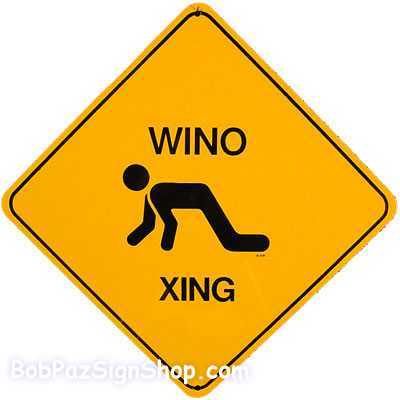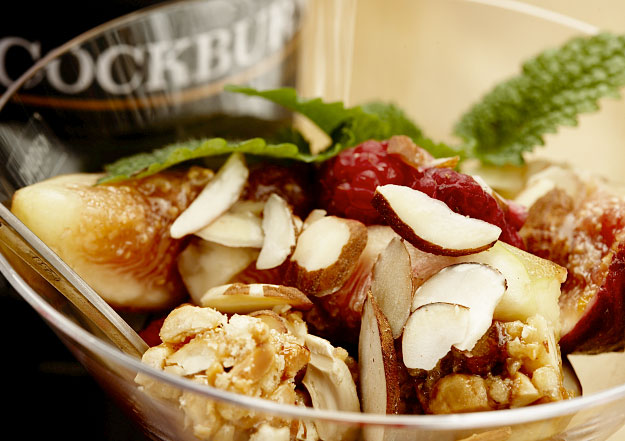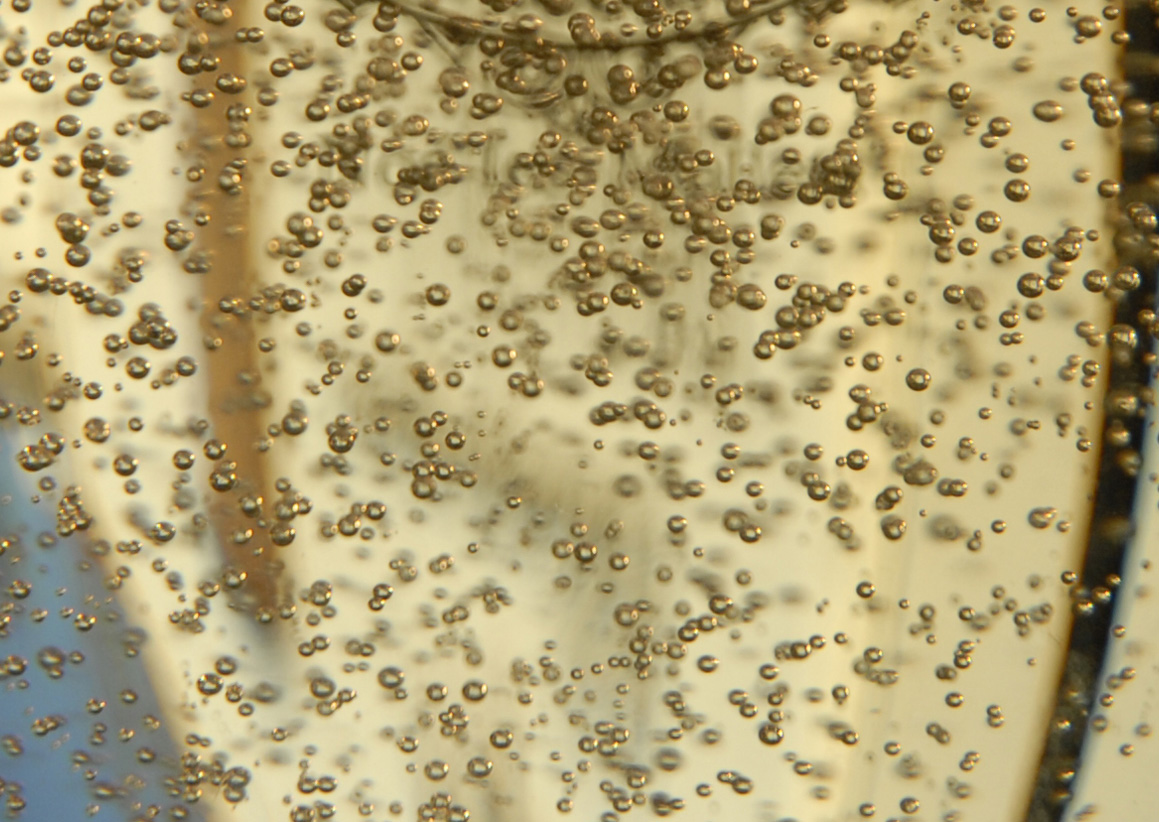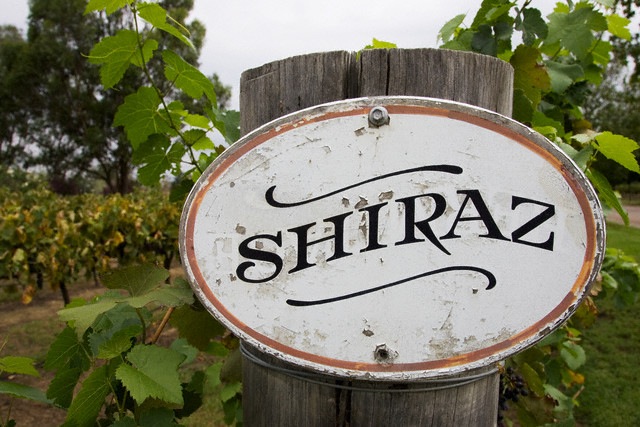The Wino’s Geek Speak

All professions have their own language. Call it jingo, jargon or whatever other term you desire. Few are as incomprehensible as legalese, but they can still befuddle the uninitiated and unfamiliar.
The wine world is no exception.
Most people would simply stare at me with an odd look if I handed them a Syrah and said, “It’s a little reductive.”
You can even confuse those within a profession as the slang tends to get regional. For instance, if I were in Western Australia, that same Syrah would be pongy, not reductive.
What’s the point of mentioning this to you? Well, if I’m going to share some wine knowledge about our fledgling industry here, first I have to make sure you can understand what the hell I’m saying. So, I’m going to give some basic 101 wine lessons.
Let’s start with basic wine styles.
The vast majority of wine produced is simply called table wine. It doesn’t sound like anything fancy, but it refers to that $200 bottle of Mouton the same as that $3 a bottle stuff you get on the bottom shelf at the supermarket. Table wine just means standard red or white dry wine.
Somewhat similar in production style are the next group, the rosés and blush wines. Technically, there isn’t much difference between the two. Both refer to the pinkish colored wines made by a specific way in handling red wine grapes. Traditionally, rosé refers to wines that are drier, where as blush is usually considered more of a sweet fruity style, like White Zinfandel.
Next, you get into more specialty wines. I’m sure everyone knows the term Champagne. Here in the States we call it Sparkling Wine. To the Spanish it’s Cava. The Germans call it Sekt. Italians often say Spumante. Whatever the term, it basically means the carbonated bubbly wines that most people sadly only serve on special occasions.
Then there’s a whole range of dessert wines. It’s a broad category that includes things like Late Harvest Wines, Sauternes, Icewine, and other sugary elixirs best served with your ice cream rather than your porterhouse. Within this group, there’s a special subset known as fortified wines. These are the ones that have a good dose of brandy added to them during production that boosts alcohol levels. The classic example being the delicious Port Wines of Portugal. Usually some residual sweetness is retained, but there are also dry style fortified wines. Sherry also fits into this group, but deserves its own mention as it has its own unique production style.
Now that you know the basic styles, I’ll give you some general terminology winemakers use to describe how things taste and smell.
Dry vs. Sweet
Contrary to what many people believe, dry does not mean a wine that sucks all the moisture out of your mouth leaving you needing a glass of water. It’s simply used to describe the opposite of sweet. It’s a wine that has little to no perceivable sugar remaining after fermentation. What most people complain about as a dry wine is usually the bitter taste and astringent character of tannic red wines, or overly acidic white wines.
Acidic vs. Flabby
Natural fruit acids are a very important part of wine flavor. If you ever hear a wine described as flabby, the winemaker is usually referring to a wine that lacks acidity. Acid is a natural balance to foods that are sweet flavored and prevents them from becoming disgustingly cloying. This is especially true of dessert wine styles that intentionally have more sweetness. Many people object when their wines get too acidic though, which tends to give a sour flavor.




